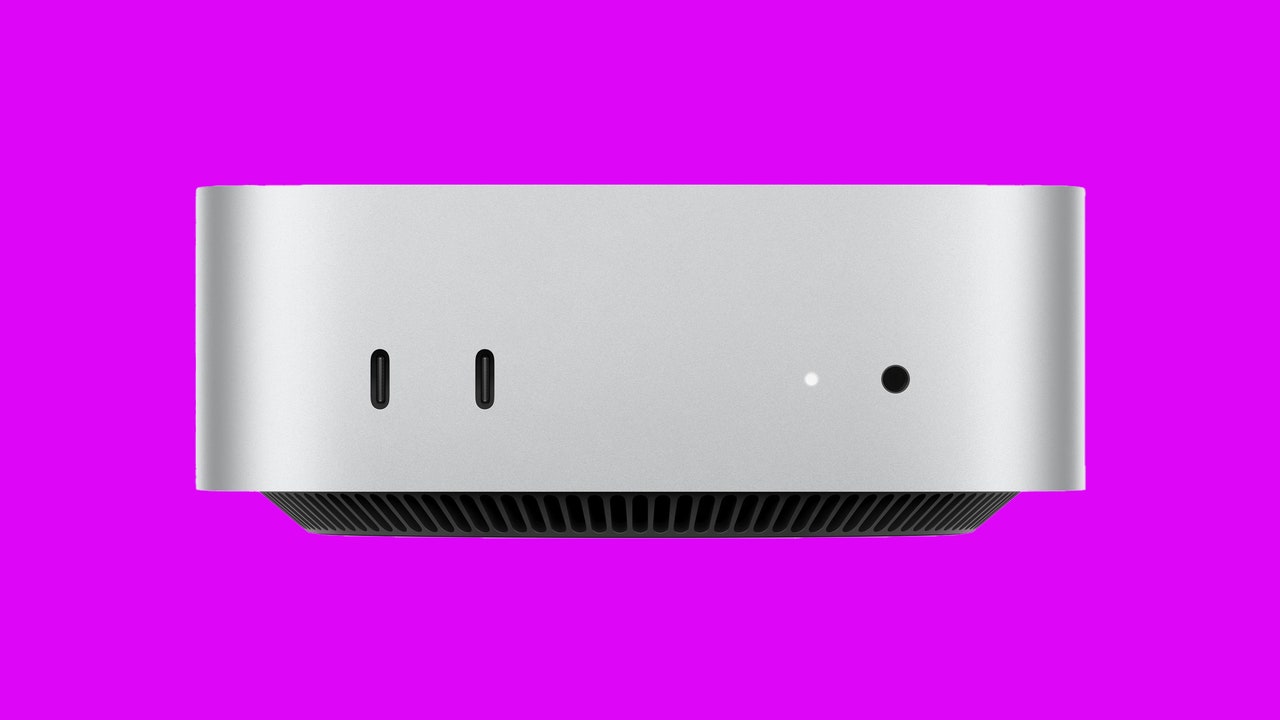
ARTDEPARTMENT

ARTDEPARTMENT

Courtesy: Apple
Unlike the iPhone, which is launched reliably at the September Apple Event, Apple’s desktop hardware releases can be a bit more sporadic, meaning the processors powering these machines aren't chronological. For instance, the latest Mac Mini featured the M2 chip, and this one has the M4. You’ll have two types to choose from: M4 or M4 Pro.
The M4 chip has a 10-core CPU and a 10-core GPU, while the M4 Pro has up to a 14-core CPU and up to a 20-core GPU. Apple claims that the M4 delivers 1.8x faster CPU performance and 2.2x faster GPU performance than the M1. The neural engine in both chips is three times faster and is also twice as fast as that of the M3.
Note: Thunderbolt 5 is the latest standard supporting data transfer speeds of up to 80 Gbps and is currently available on very few devices.
The M4 Pro is designed to offer more power and performance for heavy tasks. It supports ‘accelerated ray tracing,’ a feature introduced last year in M3 chips. This allows game developers to accurately depict lighting elements with shadows and reflections. Alongside an advanced 16-core neural engine, this model is likely capable of handling more games and high-load graphic tasks than the M4 model.
The convenience of both models is that you can connect them to an external monitor. The basic chip supports up to two 6K resolution displays and one 5K resolution display. The Pro version, on the other hand, supports up to three 6K resolution displays (at 60 Hz).
There are also more memory options. The Mac Mini starts with 16 GB of RAM, double that of its predecessor, but it can be expanded to 32 GB of RAM. If you opt for the M4 Pro, you can get up to 64 GB. These new features will enable Apple Intelligence functions, which require heavy computing, to run more smoothly. The Apple AI update is now available in macOS 15.1, with features like Writing Tools, Smart Replies in Messages, Summaries for transcripts in the Notes app, Cleanup in Photos, and much more. You can read all about these features in our roundup.
The recommendation is that if you have a Mac Mini M1 from 2020 or later, there’s no need to upgrade. Of course, this small yet powerful machine has always been essential for anyone who wants a permanent desktop accessory rather than a MacBook. This may not change, but it's likely more people will be satisfied than ever with the new Mac Mini's power.
Originally published in WIRED Italy. Adapted by Alondra Flores.
Compartir este artículo
Consultoria Personalizada
¡Si aun no tienes presencia en internet o
necesitas ayuda con tus proyectos, por favor, escribenos!